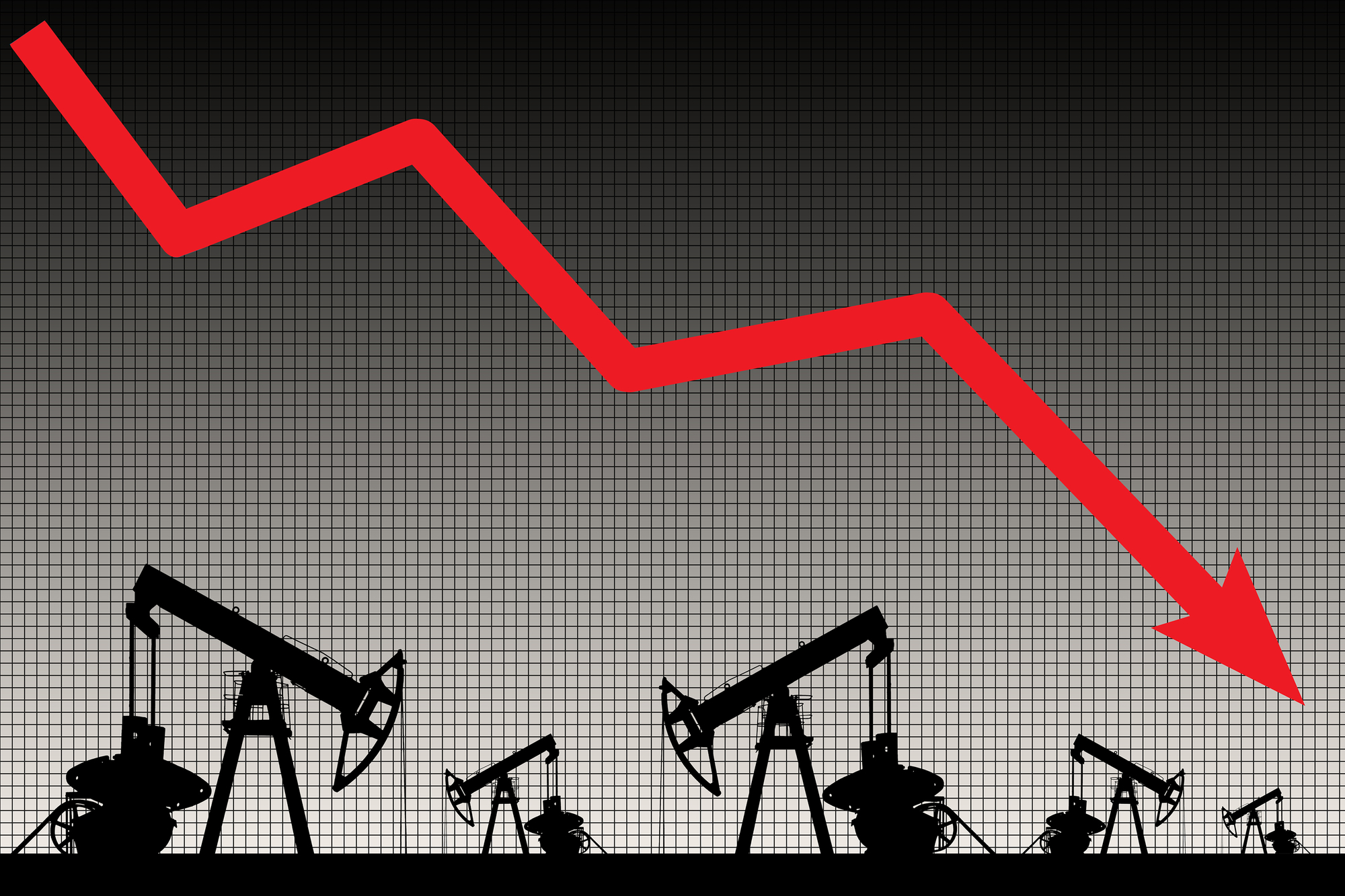How the oil market crash impacted the Houston real estate market
Every conversation I have with Investing Architect clients or prospective clients these days eventually veers into the impact the oil […]
How the oil market crash impacted the Houston real estate market Read Post »










